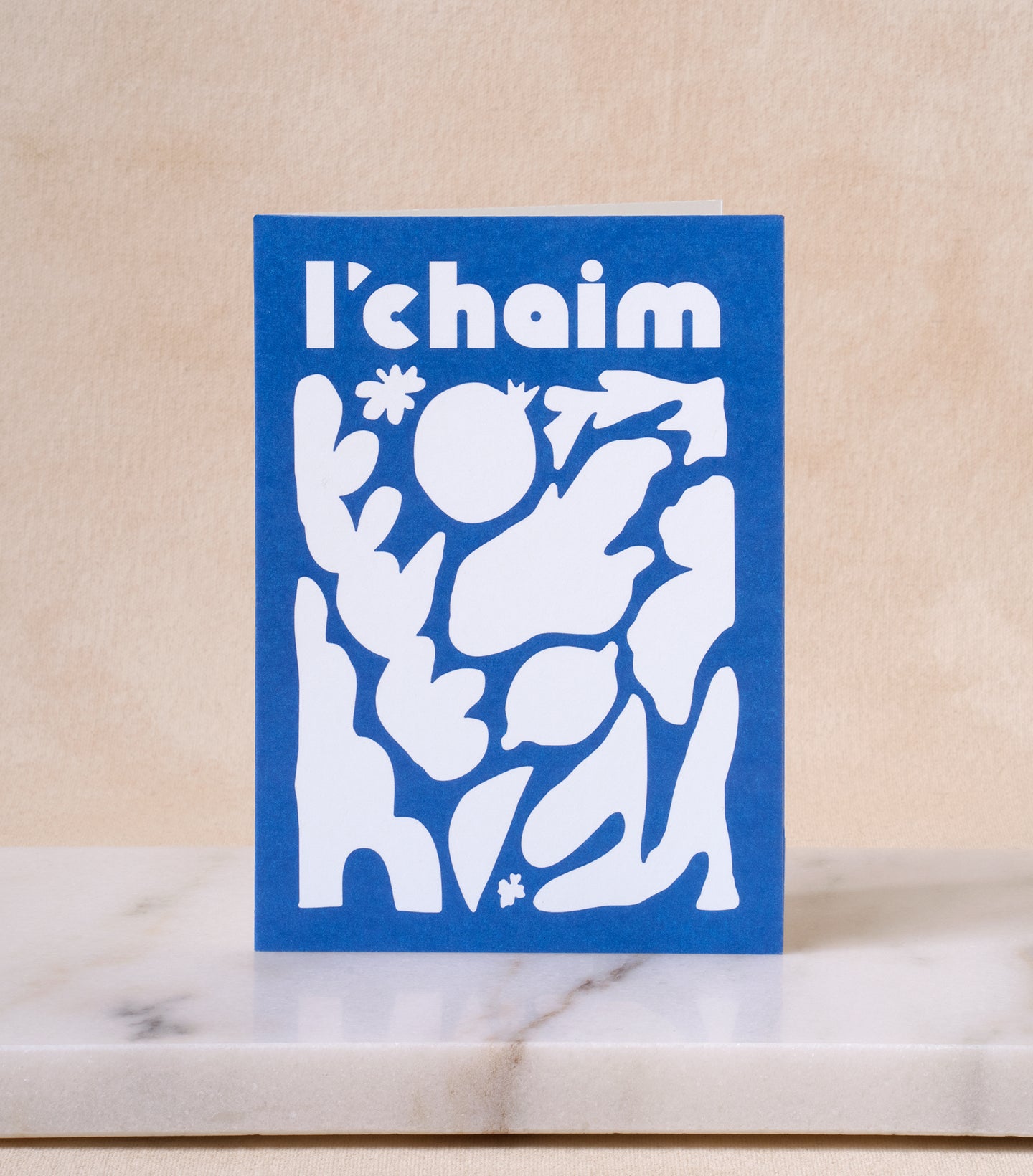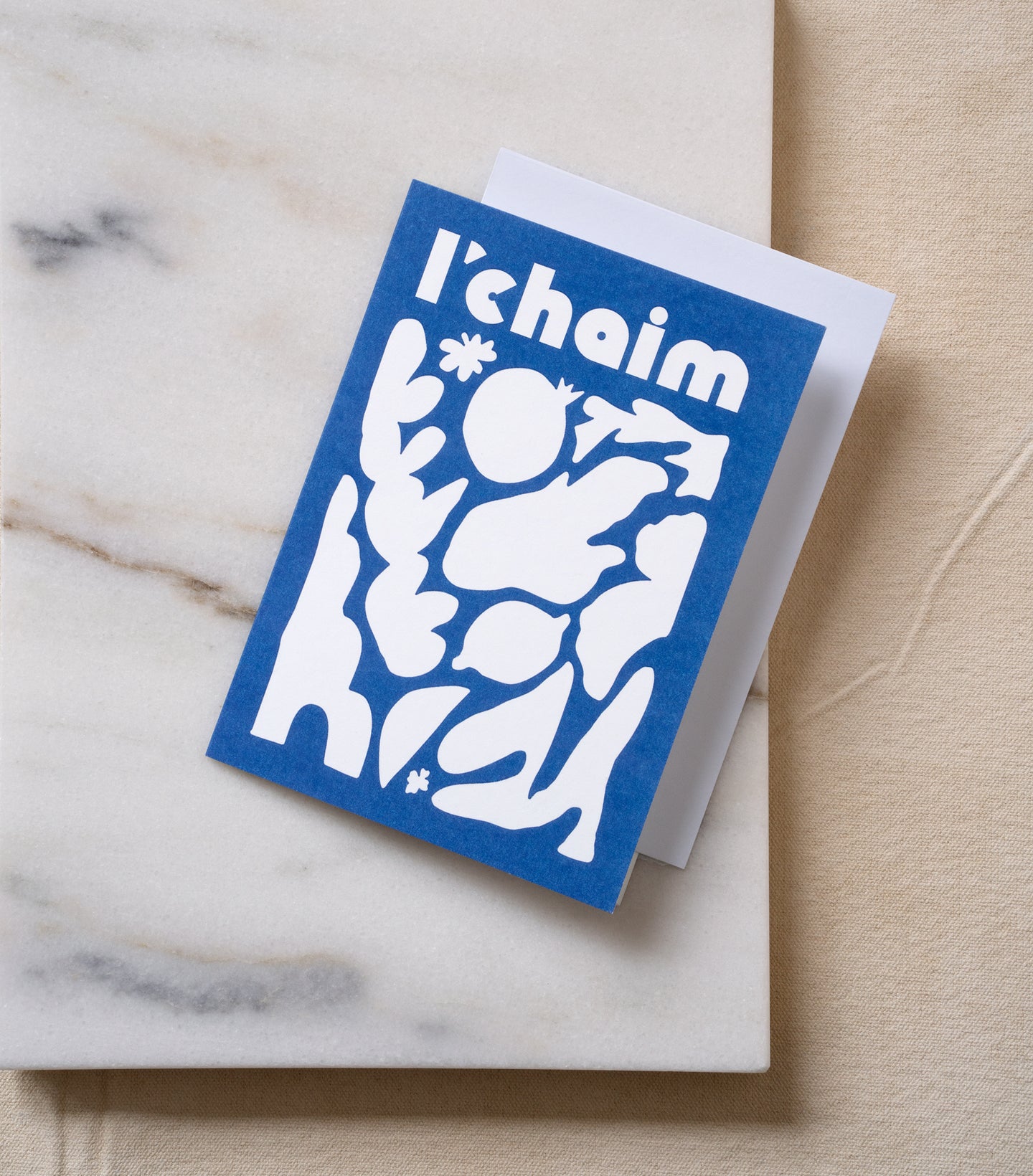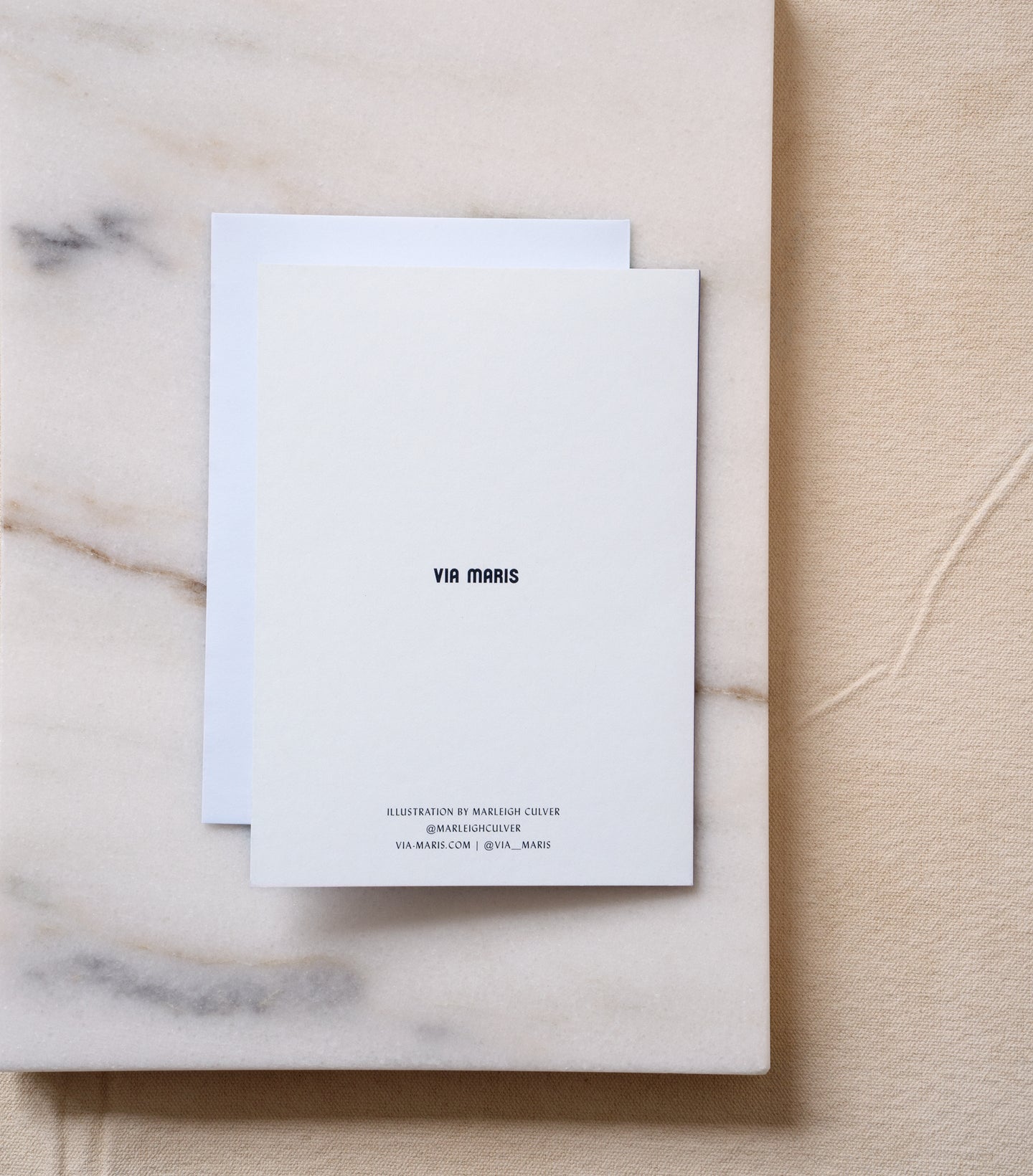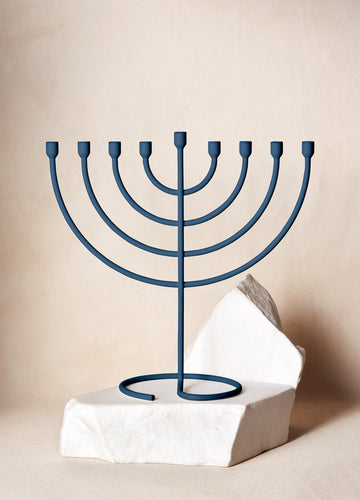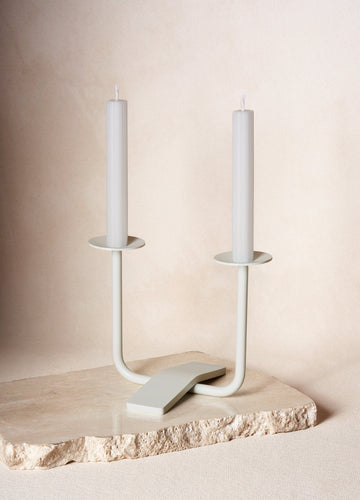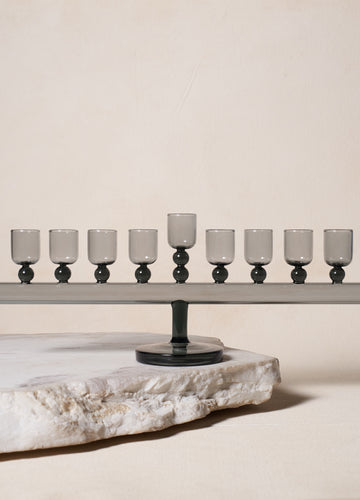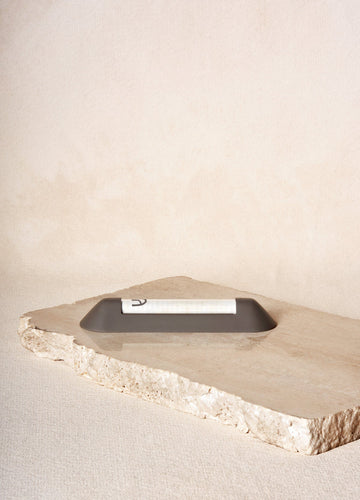You may also like
-
Trace Chanukiah
![Trace Chanukiah in Midnight Blue]()
- Translation missing: en.products.product.regular_price
- from $100.00
- Sale price
- from $100.00
- Translation missing: en.products.product.regular_price
-
$165.00 - Unit price
- per
Out of stock -
Rest Candleholder
![Rest Candleholder in Cloud with Shabbat Candles]()
- Translation missing: en.products.product.regular_price
- $85.00
- Sale price
- $85.00
- Translation missing: en.products.product.regular_price
-
$35.00 - Unit price
- per
Out of stock -
Glass Chanukiah
![]()
- Translation missing: en.products.product.regular_price
- from $199.00
- Sale price
- from $199.00
- Translation missing: en.products.product.regular_price
-
$235.00 - Unit price
- per
Out of stock -
Shelter Mezuzah
![Shelter Mezuzah in Noir side view]()
- Translation missing: en.products.product.regular_price
- from $45.00
- Sale price
- from $45.00
- Translation missing: en.products.product.regular_price
-
$85.00 - Unit price
- per
Out of stock



